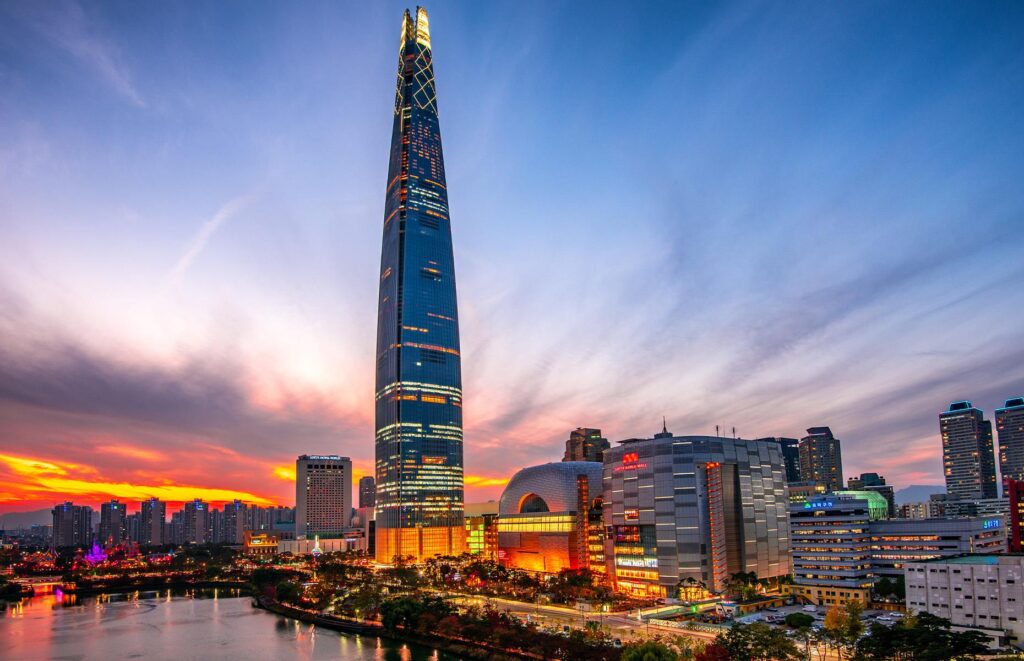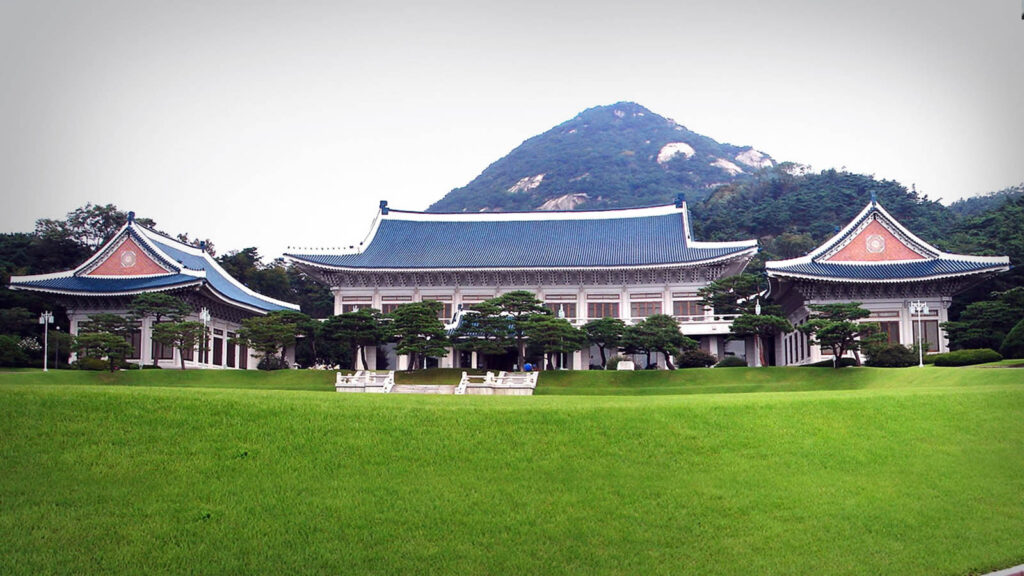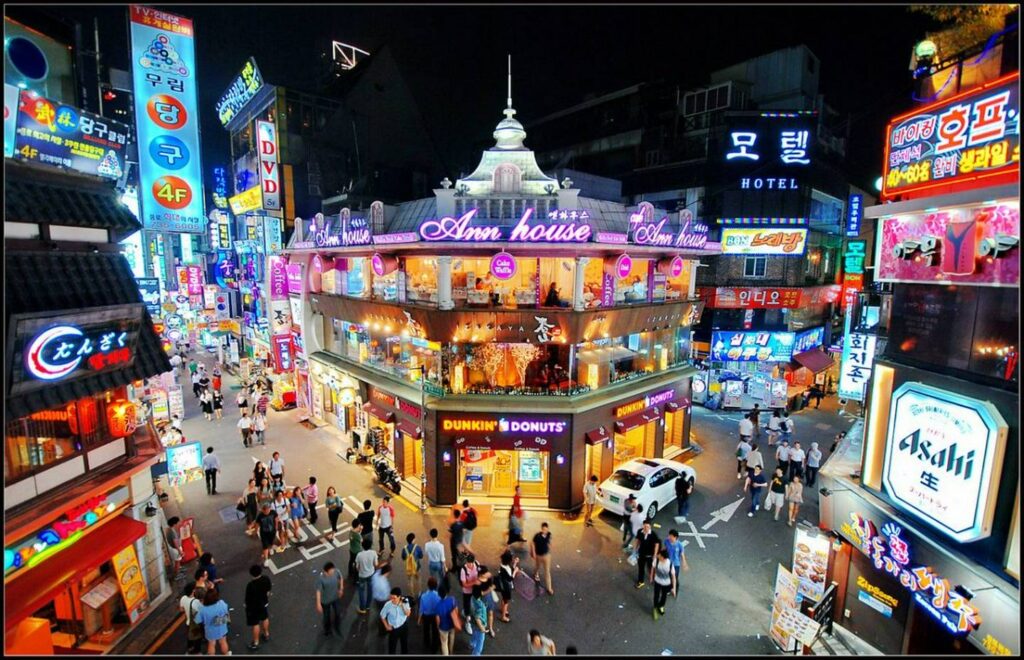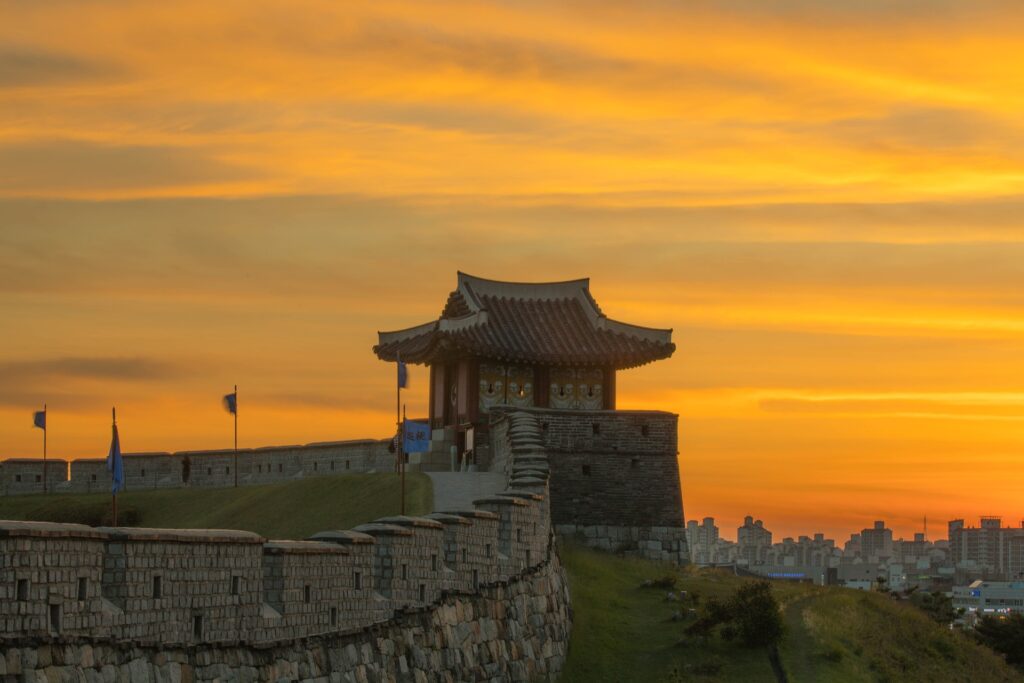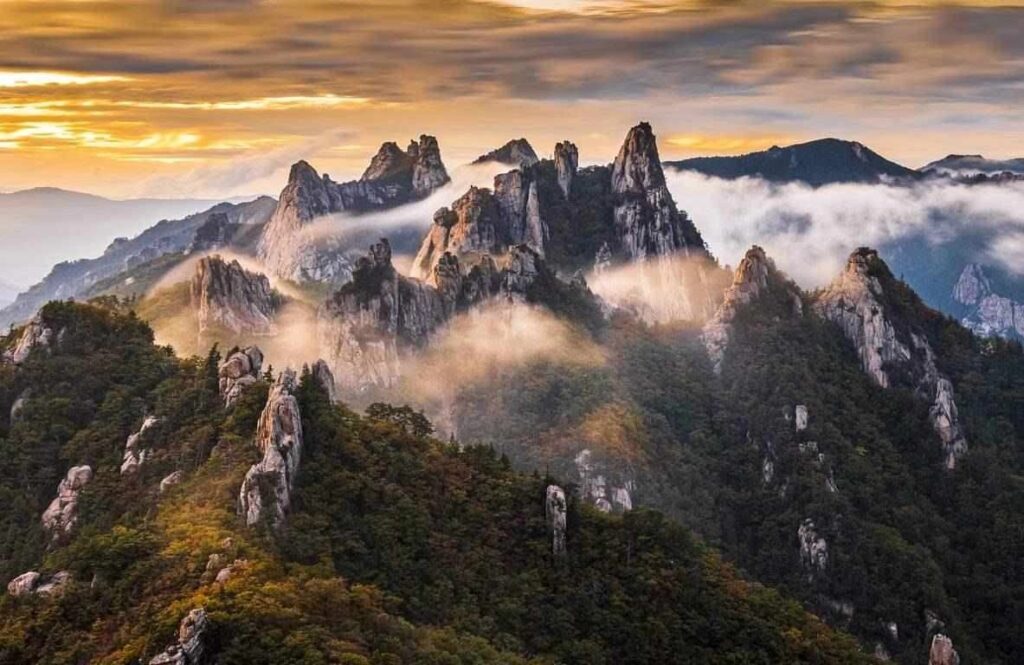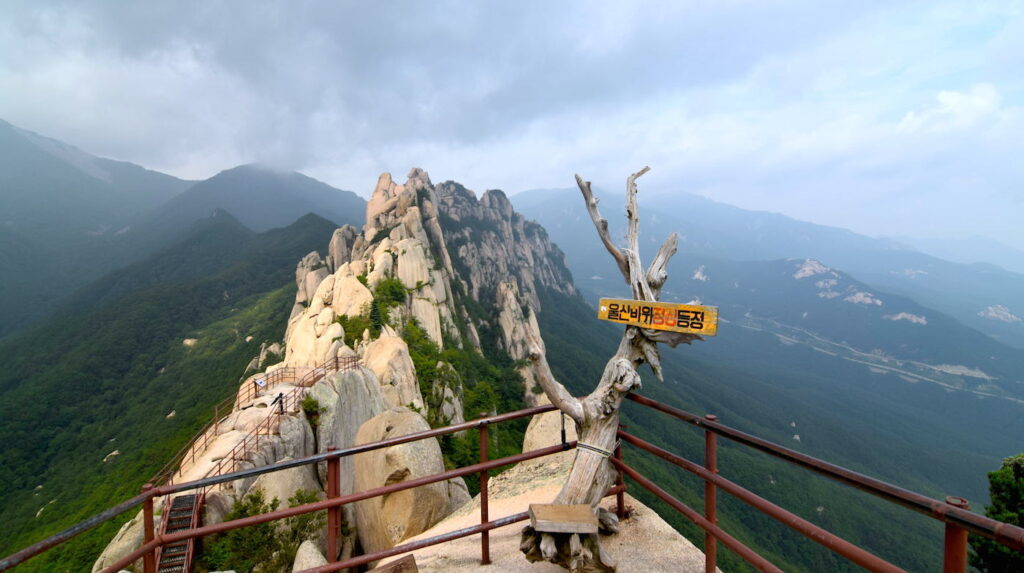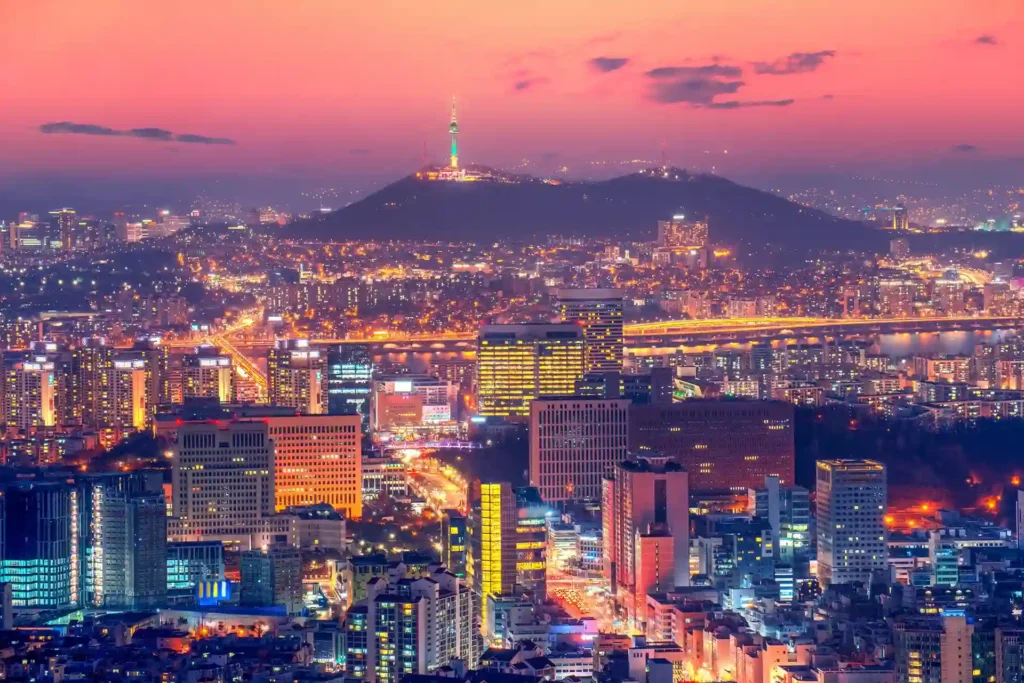Introducing The Jeungdo Island
Nestled in the southwestern part of South Korea, Jeungdo Island is a serene paradise that offers an escape from the bustling urban life. This enchanting island is part of Sinan County in South Jeolla Province and is known for its pristine natural beauty, extensive salt flats, rich cultural heritage, and a tranquil ambiance that captivates every visitor. This article aims to provide an in-depth exploration of Jeungdo Island, highlighting its history, geography, unique attractions, activities, and tips for visitors.

The History of Jeungdo Island
Ancient Beginnings
Jeungdo Island has a long history that dates back to ancient times. Archaeological findings suggest that the island was inhabited during the Neolithic period. The rich marine resources and fertile land made it an ideal settlement for early human communities.
Cultural Evolution
Over the centuries, Jeungdo Island has seen various cultural and historical developments. The island’s strategic location along maritime trade routes contributed to its cultural diversity. Influences from different periods, including the Goryeo and Joseon dynasties, are evident in the island’s cultural artifacts and traditions.
Modern Era
In the modern era, Jeungdo Island has transformed into a popular tourist destination while preserving its natural and cultural heritage. The development of eco-tourism has played a significant role in showcasing the island’s unique attributes to the world.
Geography and Climate
Location and Size
Jeungdo Island is part of the Shinan Dadohae Biosphere Reserve, a UNESCO-designated site, which includes numerous islands and coastal ecosystems. The island covers an area of approximately 45 square kilometers and is surrounded by the Yellow Sea.
Climate
The island enjoys a temperate maritime climate, characterized by mild winters and warm summers. The maritime influence ensures moderate temperatures throughout the year, making it an ideal destination for outdoor activities in all seasons.
Geographical Features
Jeungdo Island’s landscape is a blend of rolling hills, fertile plains, and extensive tidal flats. The island’s salt flats are particularly noteworthy, covering a significant portion of the island and playing a crucial role in its economy and ecology.
Biodiversity and Ecosystems
Marine Life
The waters surrounding Jeungdo Island are rich in marine biodiversity. The tidal flats are home to various species of shellfish, crabs, and marine plants. These tidal zones serve as vital breeding grounds for many marine species and are essential for maintaining the ecological balance.
Terrestrial Flora and Fauna
Jeungdo Island’s terrestrial ecosystems are equally diverse. The island’s forests and wetlands host a variety of plant species, including rare and endangered ones. The island is also a haven for wildlife, with numerous bird species, including migratory birds, finding sanctuary here.
Conservation Efforts
Given its ecological significance, Jeungdo Island is the focus of extensive conservation efforts. The island’s inclusion in the Shinan Dadohae Biosphere Reserve underscores the importance of preserving its unique ecosystems. Various programs are in place to protect endangered species, restore habitats, and promote sustainable tourism.
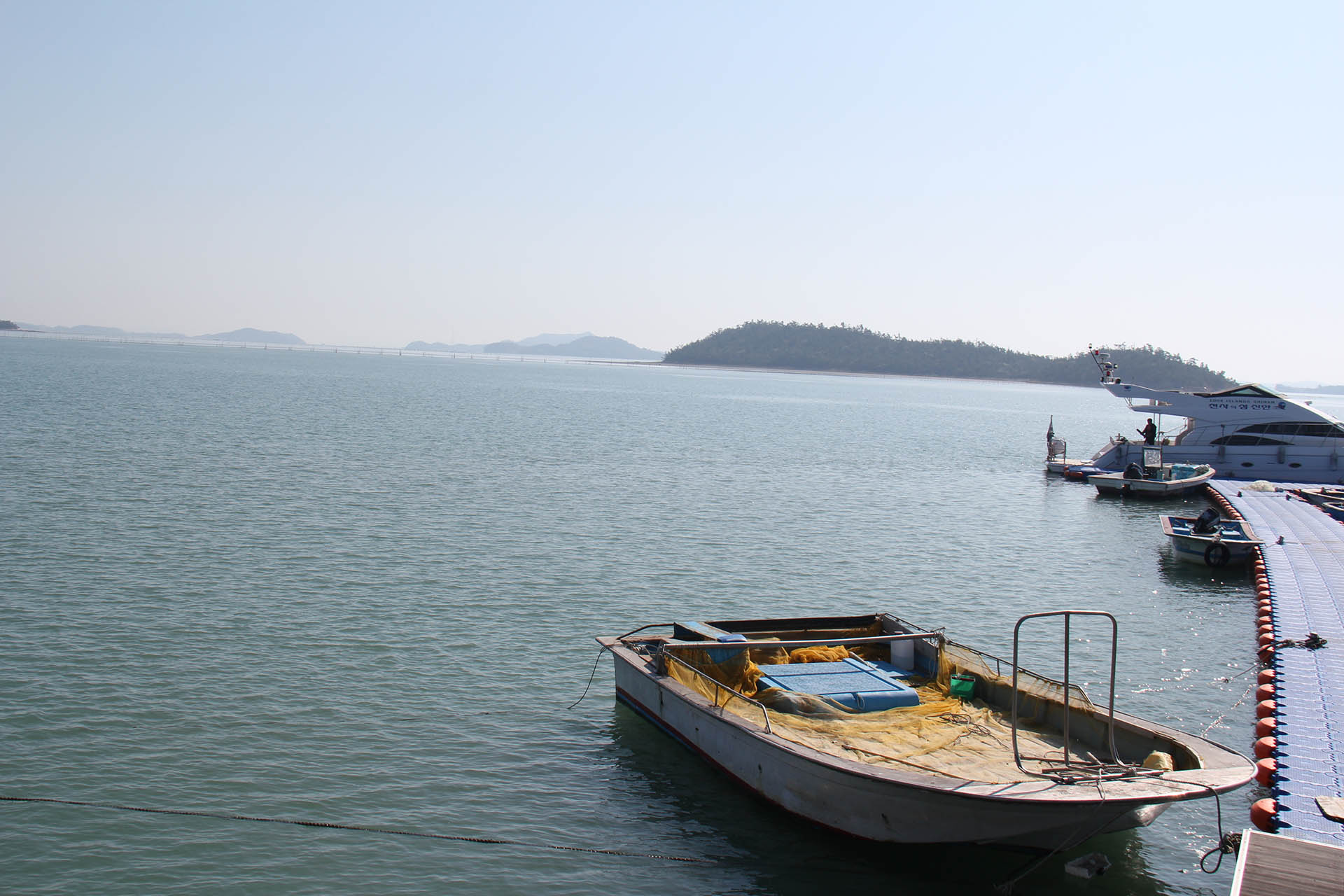
Major Attractions
Taepyeong Salt Farm
One of the most iconic attractions on Jeungdo Island is the Taepyeong Salt Farm. It is one of the largest and oldest salt farms in South Korea, producing high-quality sea salt using traditional methods.
Salt Farming Process
Visitors can witness the fascinating process of salt farming, from the evaporation of seawater in large salt pans to the harvesting of salt crystals. The salt produced here is renowned for its purity and mineral content, making it highly sought after.
Salt Museum
The Taepyeong Salt Farm also houses a Salt Museum, where visitors can learn about the history of salt production, the traditional methods used, and the cultural significance of salt in Korean history. Interactive exhibits and guided tours provide a comprehensive understanding of this essential industry.
Jeungdo Tidal Flats
The tidal flats of Jeungdo Island are among the largest and most pristine in South Korea. These expansive flats are a UNESCO World Heritage site, recognized for their ecological importance and biodiversity.
Eco-Tourism
The tidal flats offer unique eco-tourism opportunities. Guided tours allow visitors to explore the flats, learn about the various species that inhabit them, and understand the ecological processes at play. Activities such as mudflat hiking and clam digging are popular among tourists.
Slow City Designation
Jeungdo Island has been designated a Cittaslow (Slow City), a movement that promotes sustainable living, cultural preservation, and a slower pace of life. This designation highlights the island’s commitment to maintaining its natural beauty and cultural heritage.
Slow Food and Local Cuisine
As part of the Slow City movement, Jeungdo Island emphasizes the use of local, organic ingredients in its cuisine. Visitors can enjoy a variety of traditional Korean dishes made from fresh, locally sourced ingredients. Seafood, in particular, is a highlight, with dishes featuring clams, crabs, and seaweed being popular choices.
Seodo Island
Seodo Island, a smaller island connected to Jeungdo by a bridge, is another must-visit location. It offers additional natural beauty and cultural experiences.
Seodo Salt Museum
Similar to the Taepyeong Salt Farm, the Seodo Salt Museum provides insights into the island’s salt production history. It also features exhibits on the island’s unique flora and fauna.

Activities for Visitors
Hiking and Nature Walks
Jeungdo Island offers numerous hiking trails and nature walks that take visitors through its diverse landscapes. These trails vary in difficulty, catering to both casual walkers and avid hikers.
Recommended Trails
- Salt Farm Trail: This trail takes visitors through the salt farms, offering a close-up view of the salt production process.
- Tidal Flat Trail: Ideal for nature enthusiasts, this trail explores the tidal flats and provides opportunities for bird watching and wildlife observation.
- Forest Trail: For those who prefer a more shaded environment, the forest trail offers a tranquil walk through the island’s lush greenery.
Bird Watching
Jeungdo Island is a bird watcher’s paradise, with numerous bird species inhabiting its wetlands and tidal flats. The island is a critical stopover for migratory birds, making it an excellent location for bird watching.
Bird Species
Visitors can spot a variety of birds, including herons, egrets, and shorebirds. The best times for bird watching are during the migratory seasons in spring and autumn when the bird population is at its peak.
Marine Exploration
For those interested in marine life, Jeungdo Island offers excellent opportunities for snorkeling, diving, and tidal flat exploration.
Snorkeling and Diving
The clear waters around the island are perfect for snorkeling and diving. Visitors can explore underwater ecosystems and observe marine life up close.
Tidal Flat Exploration
Guided tours of the tidal flats provide a hands-on experience of the unique intertidal environment. Activities such as clam digging and shellfish collecting are both educational and enjoyable.
Cultural Tours
Exploring the cultural heritage of Jeungdo Island is another rewarding activity. Guided tours are available to historical sites, traditional villages, and cultural museums within the island.
Traditional Villages
Visitors can explore traditional Korean villages on the island, where they can see traditional architecture, experience local customs, and even participate in cultural activities such as tea ceremonies and traditional crafts.
Wellness and Relaxation
Jeungdo Island’s serene environment makes it an ideal destination for wellness and relaxation. The island’s natural beauty and tranquil ambiance provide the perfect setting for rejuvenation.
Spa and Wellness Centers
Several spa and wellness centers on the island offer a range of services, including traditional Korean spa treatments, massages, and relaxation therapies. These centers emphasize the use of natural, locally sourced ingredients.
Photography
Jeungdo Island’s stunning landscapes and unique cultural sites make it a photographer’s dream. Whether you’re an amateur photographer or a professional, the island offers endless opportunities for capturing beautiful images.
Photography Hotspots
- Sunset Views: The island’s west coast offers spectacular sunset views, perfect for landscape photography.
- Salt Farms: The geometrical patterns of the salt pans create visually striking images.
- Tidal Flats: The expansive tidal flats provide unique perspectives, especially during low tide.

Sustainable Tourism and Conservation
Eco-friendly Initiatives
Jeungdo Island is committed to promoting sustainable tourism practices. The island’s management has implemented various eco-friendly initiatives to minimize the environmental impact of tourism.
Waste Management
Strict waste management practices are in place to ensure that the island remains clean and pollution-free. Recycling and composting are encouraged, and visitors are required to follow waste disposal guidelines.
Energy Conservation
Many of the island’s accommodations and facilities use renewable energy sources, such as solar and wind power, to reduce their carbon footprint.
Community Involvement
Local communities play a crucial role in the conservation and sustainable development of Jeungdo Island. The island’s management works closely with residents to ensure that tourism benefits the local economy while preserving the natural and cultural heritage of the region.
Community-based Tourism
Community-based tourism initiatives provide visitors with authentic experiences and support local livelihoods. Programs such as homestays, guided tours, and cultural workshops are designed to engage visitors with the local community and culture.
Research and Monitoring
Ongoing research and monitoring efforts are essential for the conservation of Jeungdo Island. Scientists and researchers conduct studies on the island’s ecosystems, biodiversity, and environmental health.
Conservation Programs
Various conservation programs are in place to protect endangered species, restore damaged ecosystems, and promote sustainable tourism practices. These programs are supported by both local and national government agencies, as well as international organizations.
Practical Information for Visitors
How to Get There
Jeungdo Island is accessible by ferry from various ports along the southwestern coast of South Korea. The nearest major port is Mokpo, which offers regular ferry services to the island. Visitors can also drive to the island via the bridge connecting it to the mainland.
Ferry Services
Ferry services to Jeungdo Island are frequent and reliable. It is advisable to check the ferry schedule in advance and book tickets, especially during peak tourist seasons.
Accommodation
The island offers a range of accommodation options, from guesthouses and pensions to more luxurious resorts. Many of the accommodations emphasize eco-friendly practices and provide comfortable, sustainable lodging.
Recommended Accommodations
- Eco-friendly Guesthouses: These guesthouses offer cozy accommodations with minimal environmental impact.
- Beachfront Resorts: For a more luxurious stay, the beachfront resorts provide stunning views and top-notch amenities.
- Traditional Hanok Stay: Experience traditional Korean living by staying in a hanok, a traditional Korean house.
Best Time to Visit
The best time to visit Jeungdo Island is during the spring and autumn months when the weather is mild and the landscapes are at their most vibrant. Spring (April to June) offers blooming flowers and pleasant temperatures, while autumn (September to November) provides stunning fall foliage and comfortable weather for outdoor activities.
Travel Tips
- Plan Ahead: Given the island’s size and the variety of attractions, it is essential to plan your itinerary in advance. Research the places you wish to visit and the activities you want to engage in.
- Pack Accordingly: Depending on the season and activities, pack appropriate clothing, footwear, and gear. Don’t forget essentials like sunscreen, insect repellent, and a first aid kit.
- Respect the Environment: Follow the island’s guidelines and regulations to minimize your environmental impact. Avoid disturbing wildlife, dispose of waste properly, and stay on designated trails.
- Stay Informed: Check weather conditions and ferry schedules before your trip. Be prepared for changes in plans due to weather or other unforeseen circumstances.

Conclusion
Jeungdo Island is a hidden gem in South Korea, offering a perfect blend of natural beauty, cultural heritage, and outdoor adventures. Its extensive tidal flats, traditional salt farms, and commitment to sustainable tourism make it a unique destination for eco-conscious travelers. Whether you’re exploring its salt farms, diving into its clear waters, or immersing yourself in its cultural heritage, Jeungdo Island promises an unforgettable experience. As you plan your visit, remember to embrace sustainable travel practices to help preserve this enchanting island for future generations.


